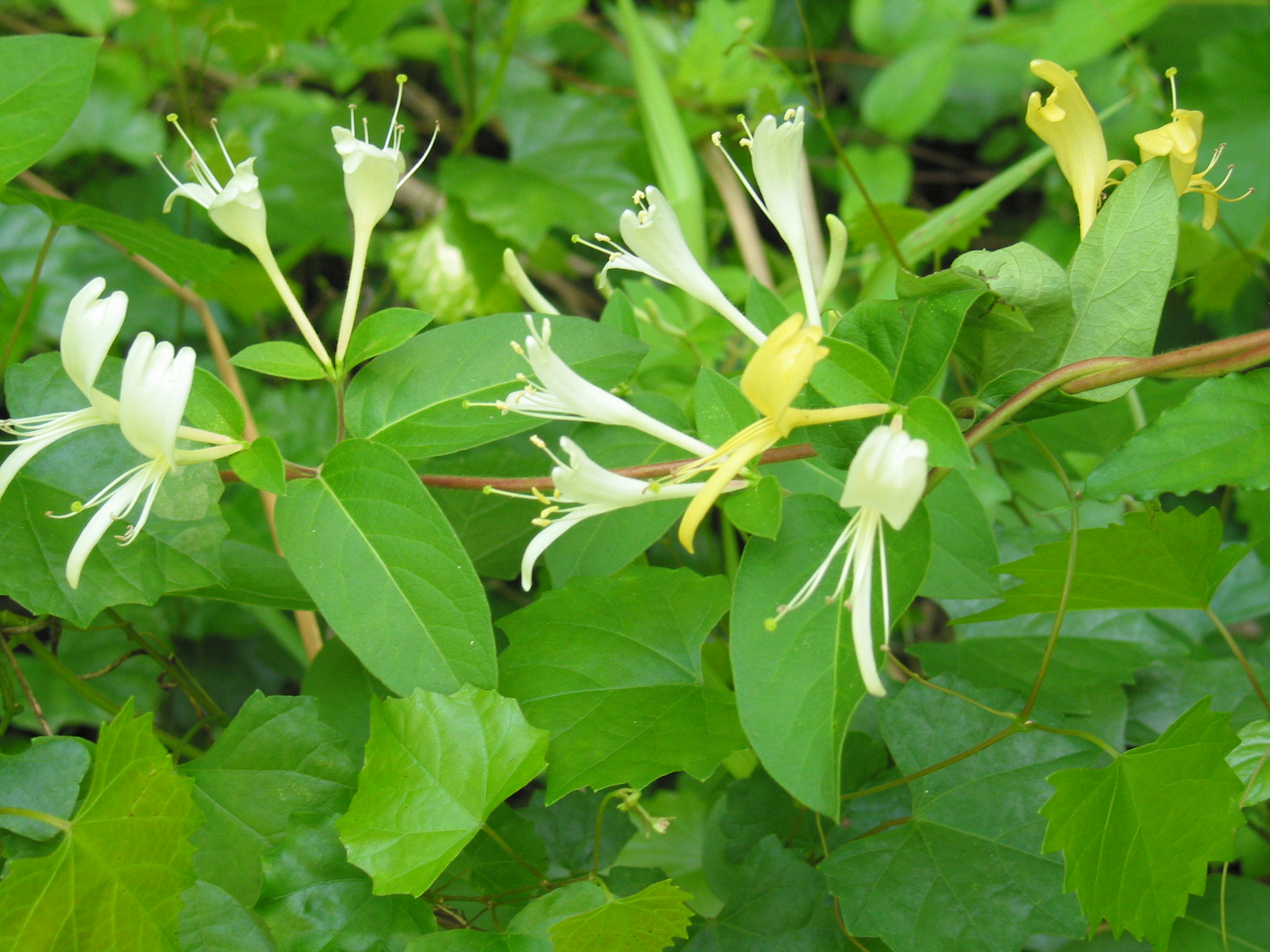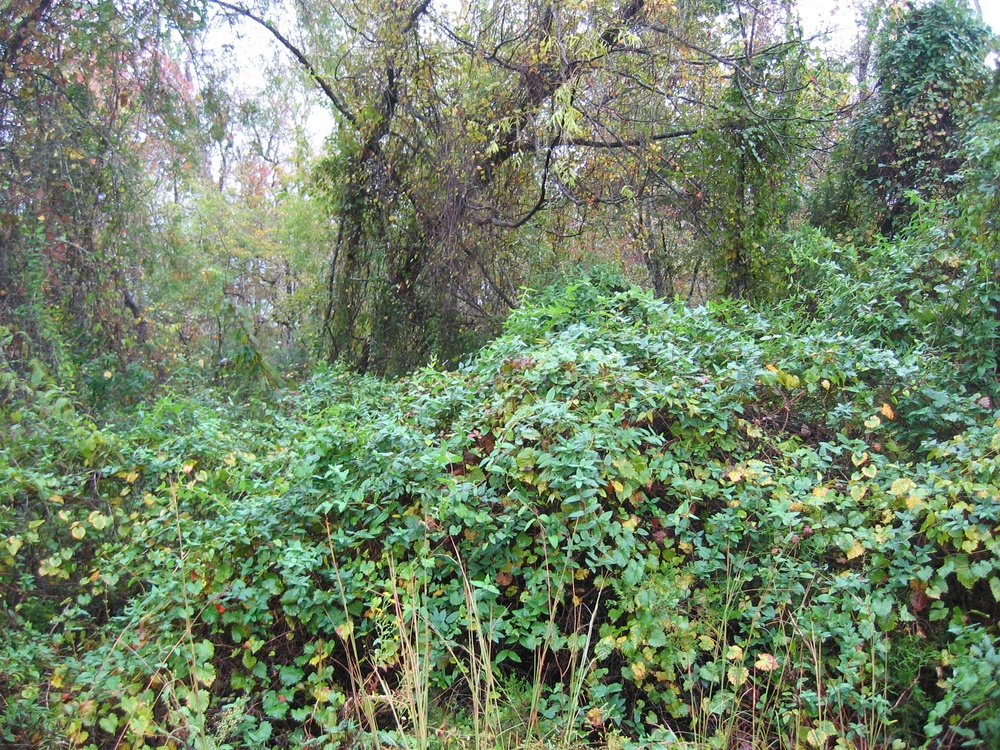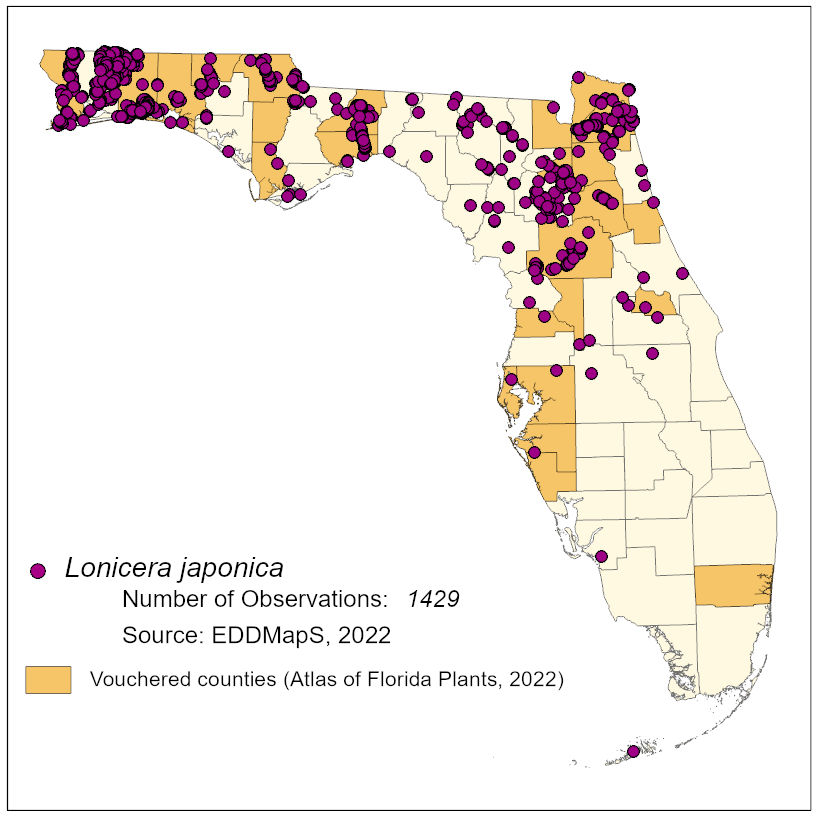Common Name: Japanese honeysuckle
Family: Caprifoliaceae
Common Synonyms: none
USDA Hardiness Zone: 4a-9b
Growth Habit: Woody, twining vine
Origin: Japan
FISC Category: 1
FDACS Listed Noxious Weed: Yes
Introduction Date: 1906
IFAS Assessment:


Woody, evergreen, twining vine. Stems 25 to 36 m long. Younger stems red, slightly pubescent, and older stems have brown bark that peels. Leaves are oval, 3.7 cm long, opposite. Flowers are tubular, white turning yellow with age, fragrant. Fruits are black berries.
Ruderal, open disturbed areas, and forests.
Colonizes in open areas quickly. Birds consume fruits and disperse the seeds. Develops large seed bank, and has broad habitat adaptability.

NA
Dave's Garden. 2017. PlantFiles. Japanese honeysuckle (Lonicera japonica). http://davesgarden.com/guides/pf/go/1641/Accessed September 19, 2017.
IFAS, UF. 2017. Assessment of Non-Native Plants in Florida's Natural Areas. Lonicera japonica. https://assessment.ifas.ufl.edu/assessments/lonicera-japonica/Accessed September 19, 2017.
IFAS, Center for Aquatic and Invasive Plants. 2017. Lonicera japonica. http://plants.ifas.ufl.edu/plant-directory/lonicera-japonica/Accessed September 19, 2017.